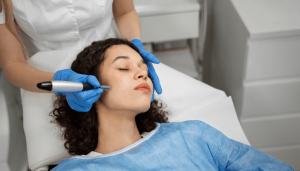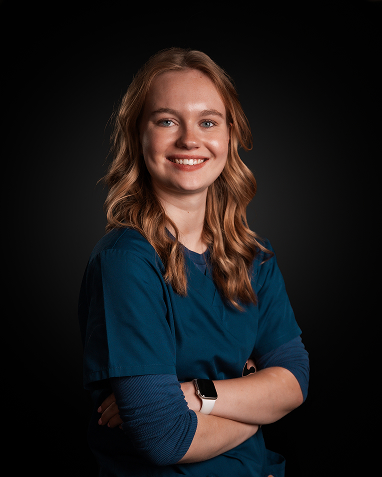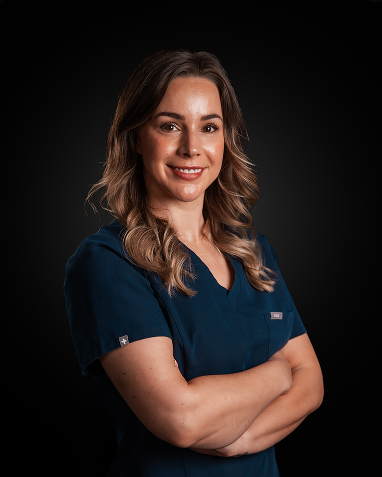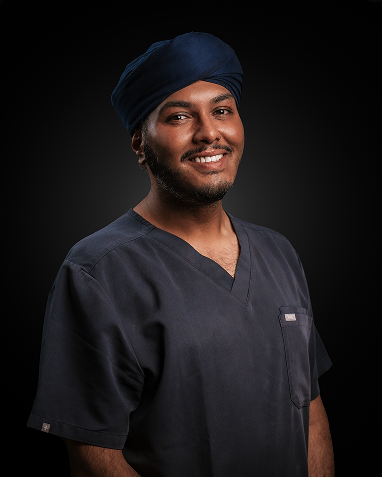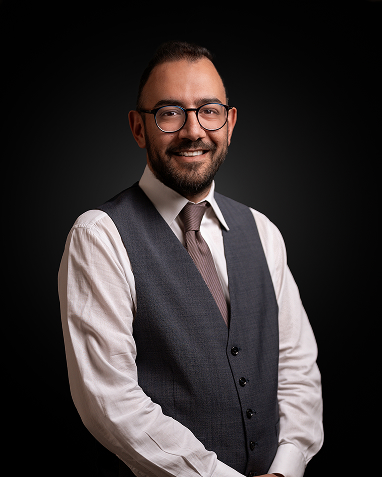Blog /
Blepharoplasty /
Recovery for Blepharoplasty: What to Expect and How to Heal Faster
Recovery for Blepharoplasty: What to Expect and How to Heal Faster
Blepharoplasty, or eyelid surgery, is a cosmetic and functional procedure for removing excess skin, muscle, and sometimes fat on the upper or lower eyelid. Regardless of whether you go for upper or lower blepharoplasty, it is vital to know eyelid surgery recovery to achieve the best results with less complication.
Here, we shall give you a complete idea of the blepharoplasty recovery process, including what surgery to have and how to take proper tips to help you recover quickly.
Understanding Eyelid Surgery and Its Recovery Phases
The blepharoplasty procedure is done to fix sagging upper eyelids or bulging bags under the eyes. The procedure is done for cosmetic or functional purposes, such as vision impairment. Nonetheless, recovery from eyelid surgery is a sensitive stage that needs patience and strict follow-up of post-operative care.
Immediate Post-Surgery Period
Right after surgery, you might feel swelling, bruising, and pain. Your surgeon will probably give you cold compresses, lubricating ointments, and pain medication to alleviate these symptoms. Eyelid surgery recovery begins as soon as the surgery is completed, and proper management within the first 48 hours greatly affects overall healing.
Timeline of Blepharoplasty Recovery
The blepharoplasty recovery process is different for everyone, but here’s a general timeline of what you can expect:
Day 1 to 3: Early Recovery Phase
- Swelling and bruising are most noticeable.
- Vision might be slightly blurry because of the ointment application.
- Stitches are intact, and pain is at its peak.
- The use of cold compresses is strongly advised.
Day 4 to 7: Removal of Stitches and Swelling Reduction
- Stitches are typically removed on Day 5 or 6.
- Swelling and bruising begin to recede.
- You can start noticing early results.
Week 2 to 3: Visible Improvement
- Most swelling and bruising are reduced.
- Makeup can be applied to cover superficial discolouration.
- Mild exercise is allowed.
Week 4 to 6: Almost Full Recovery
- There is little swelling, and scars begin to soften.
- Most patients can move around without any embarrassment.
- Effects become more visible.
3 to 6 Months: Full Effects
- Full healing occurs, and scars continue to soften.
- The full effects of the procedure are seen.
Upper Blepharoplasty Recovery: Special Considerations
To be particularly careful during upper blepharoplasty recovery, patients must keep the incision area dry and clean. Because the upper eyelids are operated on, swelling will make it temporarily hard to fully open the eyes. To make upper blepharoplasty recovery easier, it’s crucial to:
- Toss and turn frequently while sleeping.
- Steer clear of rubbing and applying pressure on the upper eyelids.
- Be obedient to your surgeon’s commands about ointments and eye drops.
Although most individuals can resume their normal activities within 10-14 days, the entire upper blepharoplasty healing process may take several months.
Lower Blepharoplasty Recovery: Swelling and Bruising Management
The recovery for lower blepharoplasty is slightly different from that of the upper eyelids because of the fragile skin below the eyes. Bruising and swelling may take longer, and discolouration can be more visible.

Ready to achieve your aesthetic goals?
- CQC-Registered Clinic with Nationally Recognised Leadership
- Over a Decade of Surgical & Aesthetic Expertise
- Personalised treatment plans tailored to your needs
To assist with lower blepharoplasty recovery, follow these recommendations:
- Apply cold compresses regularly during the first 48 hours.
- Stay away from high salt levels, which aggravate fluid buildup.
- Sleep in an elevated position to minimise swelling.
- Be patient, as lower blepharoplasty recovery will be longer than upper eyelid surgery.
Although bruising usually fades within 10-14 days, some lingering swelling may last up to six weeks.
Tips for a Smooth Eyelid Surgery Recovery
To have a successful eyelid surgery recovery, heed these expert-approved tips:
1. Manage Swelling and Bruising
Bleeding and bruising are unavoidable aspects of eyelid surgery recovery. Nevertheless, cold compresses and elevating your head can help alleviate these signs.
2. Adhere to Drug Regimen
Your doctor may prescribe antibiotics, pain medications, or drops to prevent infections and pain. Follow these strict instructions to recover from eyelid surgery.
3. Avoid Strenuous Activities
During blepharoplasty recovery, avoid excessive swelling and bleeding, as well as activities that raise blood pressure, such as heavy lifting or strenuous exercise.
Safeguard Your Eyes
While outdoors, sunglasses are very important during eyelid surgery recovery as they protect your eyes from wind, dust, and sunlight, which can irritate the healing tissues.
Stay Hydrated and Maintain a Balanced Diet
Proper nutrition is very important for recovering from blepharoplasty. Leafy vegetables and citrus fruits, which are high in vitamins A and C, can assist in the healing process.
Follow Your Surgeon’s Instructions
Your surgeon will give you specific advice based on your case. Following this advice will help ensure a good recovery from eyelid surgery.
When to Get Medical Help
Though eyelid surgery recovery is normally uneventful, it is wise to pay attention to signals that could call for medical care:

Ready to achieve your aesthetic goals?
- CQC-Registered Clinic with Nationally Recognised Leadership
- Over a Decade of Surgical & Aesthetic Expertise
- Personalised treatment plans tailored to your needs
- Troublesome swelling or bruising outside of the normal schedule.
- Deliberate pain that refuses to subside with medication.
- Infected signs of pus, fever, or spreading redness past the eyelid region.
- Trouble seeing or abnormally high light sensitivity.
Call your surgeon immediately if you have any of these symptoms following your blepharoplasty recovery.
Final Reflections Regarding Eyelid Surgery Recovery
Knowing how the recovery process from blepharoplasty works is important for anyone seeking this surgery. Although healing is time-consuming, proper post-operative treatment ensures a smooth and quicker recovery from eyelid surgery. Whether recovering from upper or lower blepharoplasty, sticking to medical instructions and being patient will yield the best results.
With the proper strategy, eyelid surgery recovery can be smooth, leaving you with bright, youthful eyes. See a skilled surgeon and prepare for increased confidence and vision if you’re considering blepharoplasty.
FAQs
1. How long does eyelid surgery recovery take?
Most patients heal in 10-14 days, but complete healing and outcome may take 3-6 months.
2. When can I apply makeup after blepharoplasty?
You can typically resume wearing makeup 10-14 days after surgery when the incisions have healed.
3. Is recovery from eyelid surgery painful?
Pain is mild to moderate and can be controlled with pain medication prescribed by your doctor and cold compresses.
4. How do I minimise swelling during blepharoplasty recovery?
Apply cold compresses, sleep with your head elevated, and limit salty foods to reduce swelling.
5. How soon can I go back to work following eyelid surgery?
Depending on the extent of the surgery, most individuals can return to work 7-10 days later.



